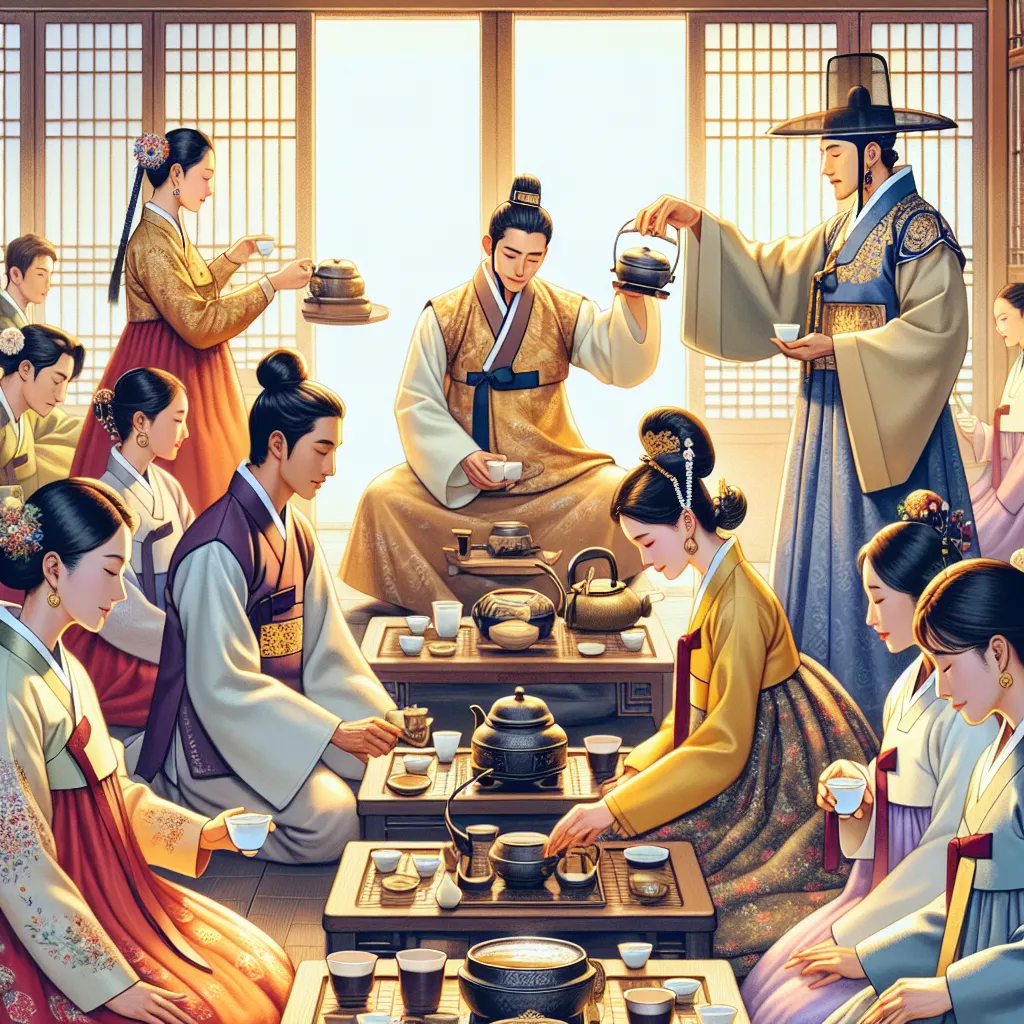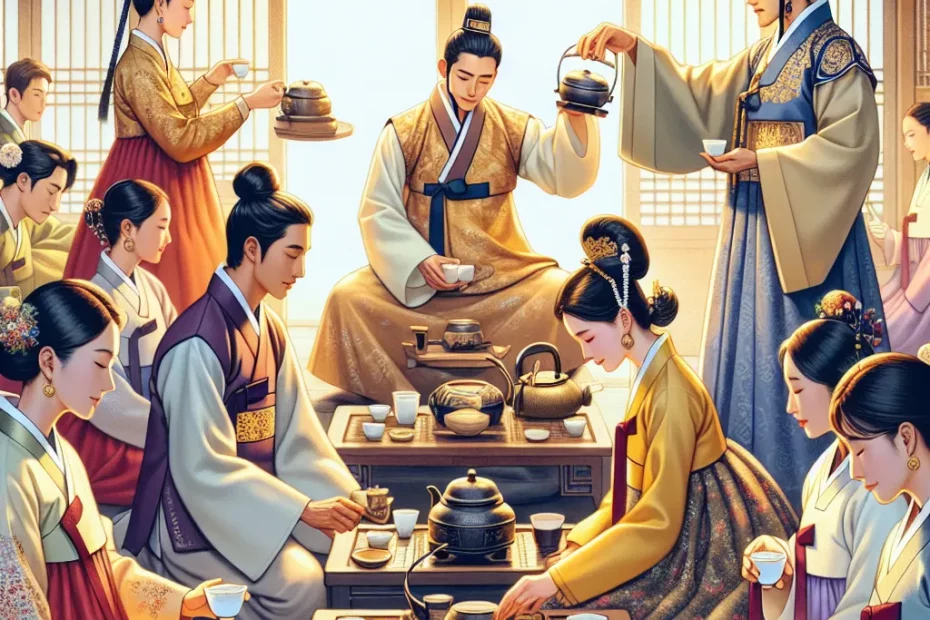In Korean society, social etiquette plays a crucial role in daily interactions, reflecting the values of respect, hierarchy, and harmony deeply rooted in the culture. Understanding these customs is essential for anyone looking to navigate social situations with grace and respect. Whether it’s knowing how to greet someone properly, understanding the significance of age and hierarchy, or following gift-giving customs, each aspect contributes to the intricate social fabric of Korea. By familiarizing oneself with these etiquettes, one can not only show respect to the local customs but also build meaningful connections with the people in this vibrant society.

What to Know Before Dining Out in Korea
When it comes to dining out in Korea, understanding the local social etiquette is crucial for a smooth and enjoyable experience. Korean culture places a strong emphasis on respect, hierarchy, and communal dining, which can significantly influence your dining experience.
Removing Shoes
In Korea, it is common to remove your shoes before entering a traditional Korean restaurant or someone’s home. This practice stems from the cultural value of keeping indoor spaces clean and is a sign of respect towards the establishment or host. So, don’t be surprised if you see a shoe rack at the entrance – it’s there for a reason! 👞
Utensils Etiquette
Another important aspect of Korean dining etiquette is the use of utensils. While chopsticks and spoons are commonly used, it’s essential to remember not to use your chopsticks to directly transfer food to someone else’s chopsticks, as this gesture is reminiscent of a Korean funeral ritual. Instead, use serving utensils or the blunt end of your chopsticks to share food. 🥢
Starting the Meal
When dining with others in Korea, it’s polite to wait for the eldest or most senior person at the table to start eating before you begin your meal. This practice shows respect for hierarchy and age, which are highly valued in Korean society. Additionally, it’s customary to say “jal meokkesseumnida” (잘 먹겠습니다), which translates to “I will eat well,” before starting your meal. 🍚
Bill Payment
Furthermore, splitting the bill evenly is not a common practice in Korean culture. Instead, it is more common for one person to pay for the entire meal, with the expectation that others will reciprocate in the future. So, don’t be surprised if your Korean dining companion insists on treating you – it’s their way of showing hospitality and building a relationship. 💸
In conclusion, being aware of and respecting Korean social etiquette when dining out can enhance your overall experience and leave a positive impression on your hosts or dining companions. By following these simple guidelines, you can navigate the cultural nuances of Korean dining with confidence and grace. Bon appétit! 🇰🇷🍽
Greetings and Bowing Etiquette
In Korean culture, greetings and bowing play a crucial role in social interactions, reflecting respect, hierarchy, and politeness. Understanding the proper etiquette for greetings and bowing is essential for navigating social situations in Korea.
Greetings in Korea
When greeting someone in Korea, it is common to bow slightly as a sign of respect. The depth of the bow can vary depending on the person’s age, status, and the formality of the situation. A deeper bow is typically used to show more respect, especially when greeting elders or those in higher positions. On the other hand, a slight nod of the head is appropriate for casual greetings among friends or peers.
Formal Settings
In formal settings, it is important to use appropriate honorifics and titles when addressing others. For example, using “시” (shi) after a person’s name shows respect, while addressing someone with their title followed by “님” (nim) is a polite way to show deference. These linguistic nuances are crucial in Korean etiquette and demonstrate your understanding of social hierarchies.
Bowing in Korea
Bowing in Korea is not just a physical gesture but a cultural symbol of humility and respect. It is customary to bow when greeting someone for the first time, saying goodbye, expressing gratitude, or apologizing. The angle of the bow and the duration can convey different meanings, so it is important to be mindful of these subtleties in various social contexts.
In addition to bowing, a firm handshake is also acceptable in business settings or when meeting someone for the first time. However, it is essential to remember that bowing is the traditional form of greeting in Korea and is deeply rooted in the country’s cultural norms.
Mastering the art of greetings and bowing etiquette in Korea is not only a sign of respect but also a way to show your appreciation for the rich cultural heritage of the country. By understanding and practicing these customs, you can navigate social interactions with grace and sensitivity, fostering positive relationships and connections in Korean society. 🇰🇷🙇♂️🤝
The Importance of Age and Hierarchy
In Korean culture, age and hierarchy play a crucial role in shaping social interactions and relationships. Respect for elders and adherence to hierarchical structures are deeply ingrained in the fabric of Korean society, influencing various aspects of daily life, from family dynamics to workplace behavior. Understanding the significance of age and hierarchy is essential for navigating Korean social etiquette with grace and respect.
Age in Korean Culture
Age is not just a number in Korea; it is a defining factor that determines one’s place in social hierarchies. Traditional Korean values emphasize the importance of seniority, with older individuals holding authority and respect by virtue of their age. Younger individuals are expected to show deference and politeness towards their elders, addressing them with appropriate honorifics and gestures of respect. This emphasis on age-based hierarchy fosters a sense of order and harmony within Korean social interactions.
Hierarchy in Korean Culture
Hierarchy, or “chemyon,” is another fundamental aspect of Korean social etiquette. In workplaces and other social settings, individuals are positioned within a strict hierarchical structure based on factors such as age, position, and seniority. This hierarchical order dictates communication styles, decision-making processes, and overall dynamics within the group. Respecting and adhering to this hierarchy is crucial for maintaining harmony and cohesion within Korean social circles.
The Concept of “Sunbae” and “Hoobae”
The concept of “sunbae” and “hoobae” further illustrates the importance of age and hierarchy in Korean culture. Sunbae refers to senior individuals who hold more experience and authority, while hoobae are junior individuals who show respect and deference to their seniors. This dynamic creates a sense of mentorship and guidance within social relationships, with seniors offering support and advice to their juniors.
In conclusion, age and hierarchy are foundational elements of Korean social etiquette, shaping interpersonal relationships and interactions in profound ways. By understanding and respecting these cultural norms, individuals can navigate Korean society with sensitivity and grace, fostering harmonious relationships and mutual respect.
Gift Giving Customs in Korea
In Korean culture, gift-giving plays a significant role in building and maintaining relationships. It is a way to show respect, gratitude, and appreciation to others. When it comes to gift-giving customs in Korea, there are several important points to keep in mind.
The Importance of Presentation
One key aspect of gift-giving in Korea is the importance of presentation. Gifts are often beautifully wrapped in colorful paper and adorned with decorative ribbons. The presentation of the gift is considered just as important as the gift itself, as it reflects the giver’s care and thoughtfulness.
Gesture of Respect
Another important custom is the act of giving and receiving gifts with both hands. This gesture is a sign of respect and politeness in Korean culture. When offering a gift to someone, it is customary to use both hands to present it, and when receiving a gift, it is polite to accept it with both hands as well.
Consideration of Value
In Korea, the value of the gift is also significant. While the thought and effort put into selecting a gift are highly appreciated, the value of the gift itself is often taken into consideration. Giving a gift that is too expensive can make the recipient feel uncomfortable, so it is important to choose a gift that is thoughtful and appropriate for the occasion.
Choosing the Right Gift
When selecting a gift for someone in Korea, it is important to consider the recipient’s age, position, and relationship to you. For example, gifts for elders should be chosen with extra care and respect. Traditional Korean gifts such as hanbok (Korean traditional clothing), ginseng, or high-quality tea are often well-received.
Avoiding Taboos
In Korean culture, certain gifts are considered taboo or inappropriate. Items such as clocks, handkerchiefs, or white flowers are associated with funerals and death, so they should be avoided as gifts. Additionally, gifts in sets of four should be avoided, as the number four is considered unlucky in Korean culture.
Overall, gift-giving in Korea is a meaningful and thoughtful practice that strengthens social bonds and shows appreciation for others. By understanding and respecting the customs and traditions surrounding gift-giving in Korea, you can navigate social interactions with grace and respect. 🎁🇰🇷
In conclusion, understanding and respecting Korean social etiquette is crucial for building relationships and conducting oneself appropriately in Korean society. Whether it’s knowing how to greet others, show respect based on age and hierarchy, or give gifts in the proper manner, these customs play a significant role in Korean culture. By familiarizing oneself with these social norms, individuals can demonstrate their respect for Korean traditions and values, ultimately fostering positive interactions and connections with others. Embracing Korean social etiquette not only shows cultural awareness but also reflects a deep appreciation for the customs and traditions that shape Korean society.
